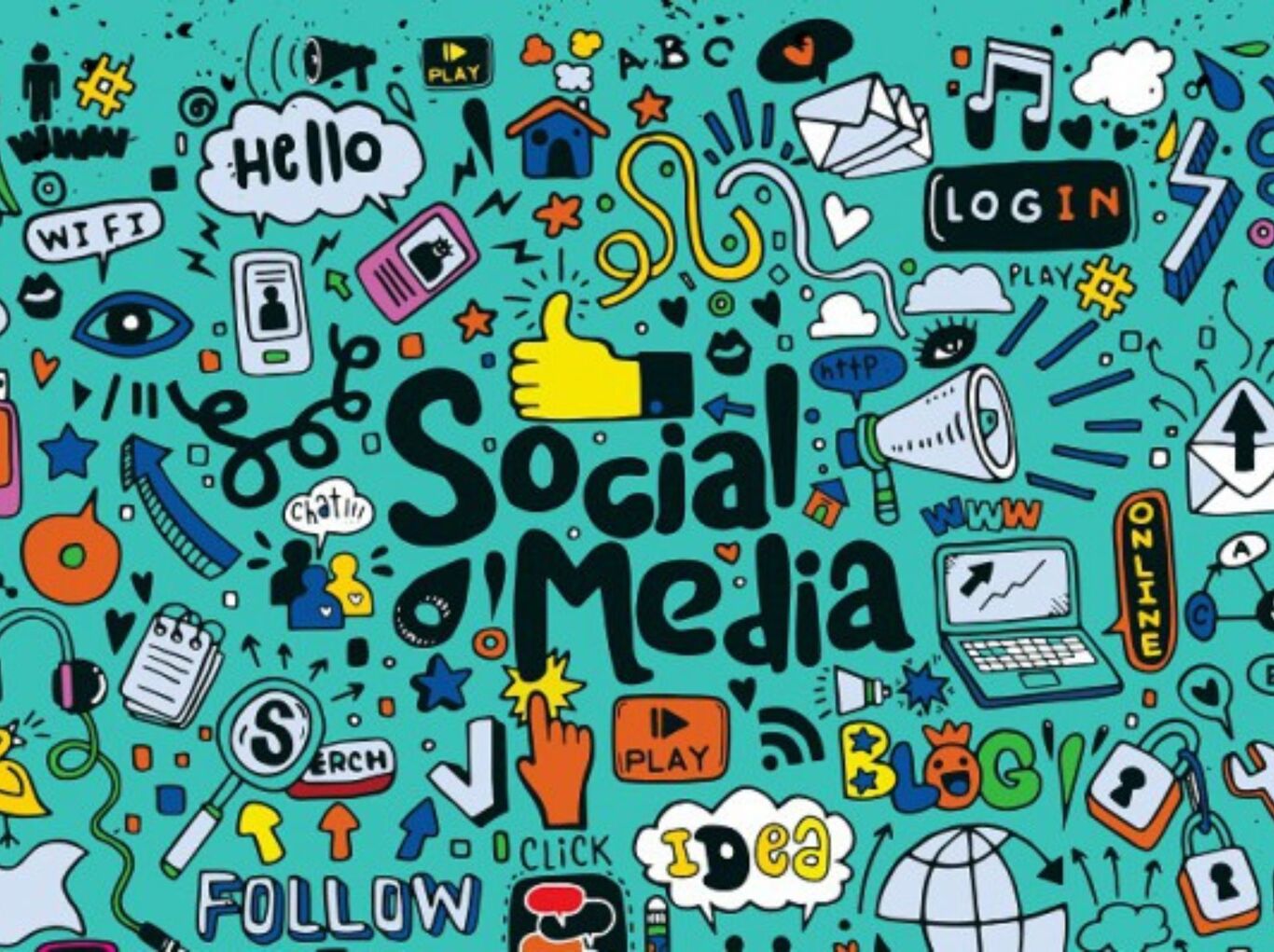Segmentation in the Age of Omnichannel Marketing

Finding the perfect product can sometimes be challenging. Whether shopping online or in-store, customers prefer smooth and tailored experiences. Personalised recommendations and quick service enhance their shopping journey, ensuring satisfaction.
This is why companies need omnichannel marketing. This approach uses segmentation to deliver a personalised experience across platforms.
In this blog, we will explore how segmentation is evolving in omnichannel marketing. We will discuss strategies for segmenting customers across channels for a unified customer experience.
The Evolution of Segmentation in Omnichannel Marketing
Let's explore how segmentation strategies have changed over time. This will help us understand its role in omnichannel marketing today.
Traditional vs. Modern Segmentation
Traditional segmentation used broad categories like age and location. These segments gave a basic understanding, but you need more insights into customer behaviour.
The new way of segmenting includes filters like behaviour and lifestyle data. These filters give a fuller view of customers. Now, companies can fine-tune their marketing to ensure their message reaches the right audience.
Role of Data
Data underpins effective segmentation. Today, companies collect data from many sources, like social media and online activity. This rich data helps create detailed segmentations.
Advanced data analytics and AI help filter out this data and spot trends for more targeted and personal marketing. For example, looking at what customers have bought before can show their preferences and predict what they might buy next.
Businesses can track which pages customers visit and how long they stay and find out about their interests. Companies use this data to customise website content and marketing messages.
How long the customers stay on the website provides insights into their interests. e website content and marketing messages. and how long they stay provides insights into their interests.
Companies use this data to customise website content and marketing messages. A customer’s activity on social media can reveal what they like and how they feel about brands. Companies use this information to tailor their social media strategies and boost engagement.
3 Strategies for Segmentation Across Multiple Channels
Now, we'll look at different ways to segment customers. These strategies help target the right audience through various channels.
1. Behavioural Segmentation
This type of segmentation looks at how customers interact with a brand. The behavioural filter involves website visits, email responses, purchase history, and social media activity.
Understanding these behaviours helps companies customise their messages. Personalised and targeted message enhances customer engagement and boost sales. This strategy works well in omnichannel marketing, where customers engage with brands through various touchpoints.
Here is how each filter can help:
-
Track page visits to identify customer interests and buying stage to offer a timely offer if needed.
-
Analyse how customers interact with emails to refine email strategies and improve engagement.
-
See how customers interact on social platforms helps fine-tune social content.
2. Demographic Segmentation
Demographics provide valuable insights like behavioural and psychographic data for broader targeting. For instance, the age filter can help tailor marketing campaigns for different generations.
A tech brand might target different tech solutions to Gen Z, or millennials. Identifying gender preferences can guide product development and marketing. A fashion brand might design distinct lines for men and women.
On the other hand, an income-based filter can help position products. Luxury brands often target higher-income customers with exclusive products.
3. Psychographic Segmentation
This method goes beyond basic demographics to look at lifestyles, values, and personalities. It helps create campaigns that resonate deeper, building stronger connections and loyalty.
For example, a company focusing on sustainability might appeal to eco-conscious consumers with green products. Tailoring marketing to customer interests ensures messages are relevant and engaging. A travel firm might customise offers based on a customer’s past travel choices.
4. Geographic Segmentation
Though traditional, geographic segmentation remains vital, especially for businesses with physical stores. It helps tailor marketing to local tastes and trends, making it more relevant.
Adapting products to local tastes can boost engagement and sales. A food delivery service might vary its menu by region to match local culinary preferences.
Marketing can be adapted to local weather. For example, depending on the region, a clothing store might promote weather-appropriate clothing. Understanding local customs can improve product development and marketing. A beauty brand might create products that align with local beauty practices.
Creating Cohesive and Personalised Omnichannel Experiences
Next, we'll discuss how to create a unified and personalised experience for customers. This ensures consistency across all touchpoints.
Consistent Messaging Across Channels
Uniform messaging builds trust and strengthens the brand. All marketing materials should reflect on it. Clear brand guidelines ensure uniform communication. These guidelines cover tone, brand voice, style, and messaging rules.
For example, using the same colour scheme and fonts across all platforms reinforces brand identity. Coordinated campaigns ensure consistent messaging. A product launch might be promoted on social media, emails, and in-store displays. This ensures the same message reaches all customers.
Train your employees on consistent messages, brand values and customer service. Training ensures they understand and convey the brand's message. Regular training sessions help keep all employees on the same page, especially when brand guidelines are updated.
Personalised Customer Journeys
Personalisation enhances the omnichannel customer experience by making interactions more relevant and engaging. Companies can use data to customise experiences for individual customers.
Some ways businesses can personalise customer journeys are:
-
Use automation to tailor messages based on customer actions and likes. This can send a follow-up email with recommendations after a purchase.
-
Use customer relations management systems to track customer interactions and add a personal touch.
-
Create specific content like a personalised landing page to improve the user experience.
Integrating Online and Offline Channels
A seamless omnichannel experience blends digital and physical shopping. Businesses can use buy-online-pickup-in-store to link online shopping with physical stores. This approach cuts shipping costs and wait times, making shopping more convenient.
Keeping track of inventory information like customers' stock levels helps in inventory management decisions. Real-time updates help avoid overselling and build trust. For example, overselling can lead to several problems. It strains resources, leads to customer dissatisfaction, and damages trust and reputation.
Businesses can also use interactive displays in stores to improve shopping experience. They give extra information and personalised recommendations. Touchscreen kiosks make shopping easier and more engaging, boosting satisfaction.
For example, touchscreen kiosks can give product info and help find items. This tech makes shopping easier and more engaging, boosting satisfaction.
Measuring the Success of Segmentation Strategies
Finally, we'll learn how to measure the effectiveness of market segmentation strategies. This helps ensure that marketing efforts are successful and efficient.
-
Key Performance Indicators (KPIs)
KPIs help measure how well segmentation works. Important KPIs include engagement rates, conversion rates, and customer lifetime value. These metrics show if the strategy is successful.
Here are some key metrics to consider when measuring its performance:
-
Engagement Rates: High engagement rates mean your content resonates with your audience. It allows you to adjust your strategies to improve overall performance.
-
Conversion Rates: Conversion rates measure how many customers take a desired action. High conversion rates mean effective segmentation.
-
Customer Lifetime Value (CLV): A high CLV means customers are loyal and spend more. Tracking CLV helps understand the long-term impact of segmentation.
Wrapping Up
Customer segmentation is vital in omnichannel marketing. These profiles enable personalised experiences. Using these methods helps companies meet and exceed customer expectations. This builds loyalty and ensures long-term success.
Ready to transform your business with seamless, personalised market segmentation? Partner with GrowthJockey and elevate your omnichannel strategy. Let's create unforgettable omnichannel customer experiences together. Contact us now to get started!
FAQs
1. How can small businesses benefit from omnichannel marketing?
Small businesses can reach more customers with a consistent message across platforms. This helps them stand out and create a brand identity that their customer recognise.
They can use online and in-store shopping data to understand what customers like. Using social media, email, and in-store promotions improves engagement and loyalty. All these factors result in higher sales and happier customers.
2. What challenges do companies face with omnichannel marketing?
Companies need to invest in technology to connect different channels. They must keep data synchronised from all touchpoints.
Consistent messaging across platforms can be hard to maintain. Training staff to deliver the same message is also challenging. Despite these issues, the benefits include better omnichannel customer experiences.
3. How does omnichannel marketing improve loyalty programs?
Omnichannel marketing makes loyalty programs more personalised and easier. Customers can earn and redeem rewards online, in-store, or through an app. Personalised offers based on customer data increase engagement.
This approach makes customers feel valued. This leads to stronger loyalty and more repeat business. Tracking interactions helps create better loyalty campaigns.








